Tips For Lychee Trimming – Learn How To Prune A Lychee Tree
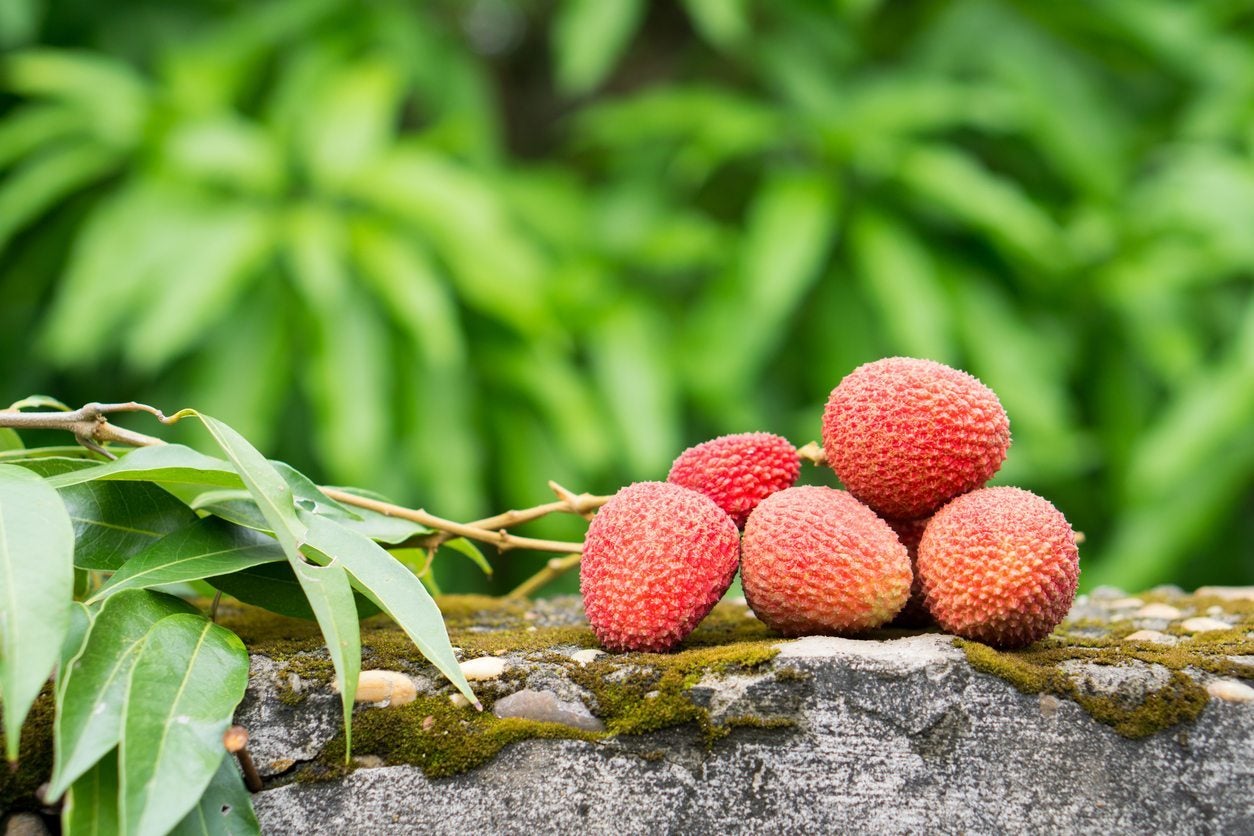

Lychee trees are subtropical broadleaf evergreens that produce a sweet, exotic edible fruit. Although lychee is grown commercially in Florida, it is a rare plant to find in the United States where they are considered high maintenance and inconsistent in fruit production. However, lychee has been grown and cultivated for thousands of years in subtropical regions of Asia and is becoming popular in suitable areas in the U.S. Properly timed lychee tree pruning can help them produce steadier, higher fruit yields. Continue reading to learn to cut back a lychee tree.
Tips for Lychee Trimming
When grown from seed, lychee trees reach mature size at about four years old and do not produce fruit until they are about five. While they are still young, lychee trees are pruned regularly to promote a full, rounded shape. Select branches are pruned from the center of young trees to open up the canopy to good air flow and reduce wind damage. When pruning a lychee tree, always use clean, sharp tools to avoid the spread of disease. Heavy lychee tree pruning is only ever done on young, immature trees to shape, or old mature trees to rejuvenate. As lychee trees get up there in age, they may begin to produce less and less fruit. Many growers have found that they can get a few more fruit bearing years from old lychee trees from doing some rejuvenation pruning. This is pruning usually done around harvest. Lychee growers recommend sealing large open cuts with pruning sealer or latex paint to avoid the risk of pests.
How to Prune a Lychee Tree
Annual lychee tree pruning is done as the fruit is being harvested, or shortly thereafter. As the clusters of ripened fruits are harvested, lychee growers simply snip off about 4 inches (10 cm.) of the branch tip that bore the fruit. This pruning practice on lychee trees ensures that a new fruiting branch tip will form in the same spot for the next crop. When to prune lychee is important for ensuring a good crop. In controlled tests, growers determined that pruning a lychee tree at harvest or within two weeks of harvest will create a perfectly timed, excellent crop. In this test, when lychee tree pruning was done several weeks after harvesting the fruit, the next crop bore fruit inconsistently.
Gardening tips, videos, info and more delivered right to your inbox!
Sign up for the Gardening Know How newsletter today and receive a free copy of our e-book "How to Grow Delicious Tomatoes".
-
 Get Ready For A Summer Of Hummers! Grow These Full Sun Hummingbird Plants and Flowers
Get Ready For A Summer Of Hummers! Grow These Full Sun Hummingbird Plants and FlowersIf you’re lucky enough to enjoy a sunny backyard, make sure you are maxing out on your pollinator opportunities and grow these full sun hummingbird plants and flowers
By Tonya Barnett
-
 12 Lush Alternatives To A Lawn For Sustainable Spaces
12 Lush Alternatives To A Lawn For Sustainable SpacesAlternatives to a lawn are beautiful and also beneficial to your local ecosystem and its pollinators. Explore our top picks for plants to replace grass.
By Tonya Barnett
-
 No Fruit On Lychee Tree: What To Do When Your Lychee Isn’t Fruiting
No Fruit On Lychee Tree: What To Do When Your Lychee Isn’t FruitingLychee is a delicious tropical fruit but what if your lychee won’t produce? There are a couple of reasons for no fruit on a lychee. If a lychee isn’t fruiting, you’ve come to the right place. Click this article to find out how to make a lychee tree fruit.
By Amy Grant
-
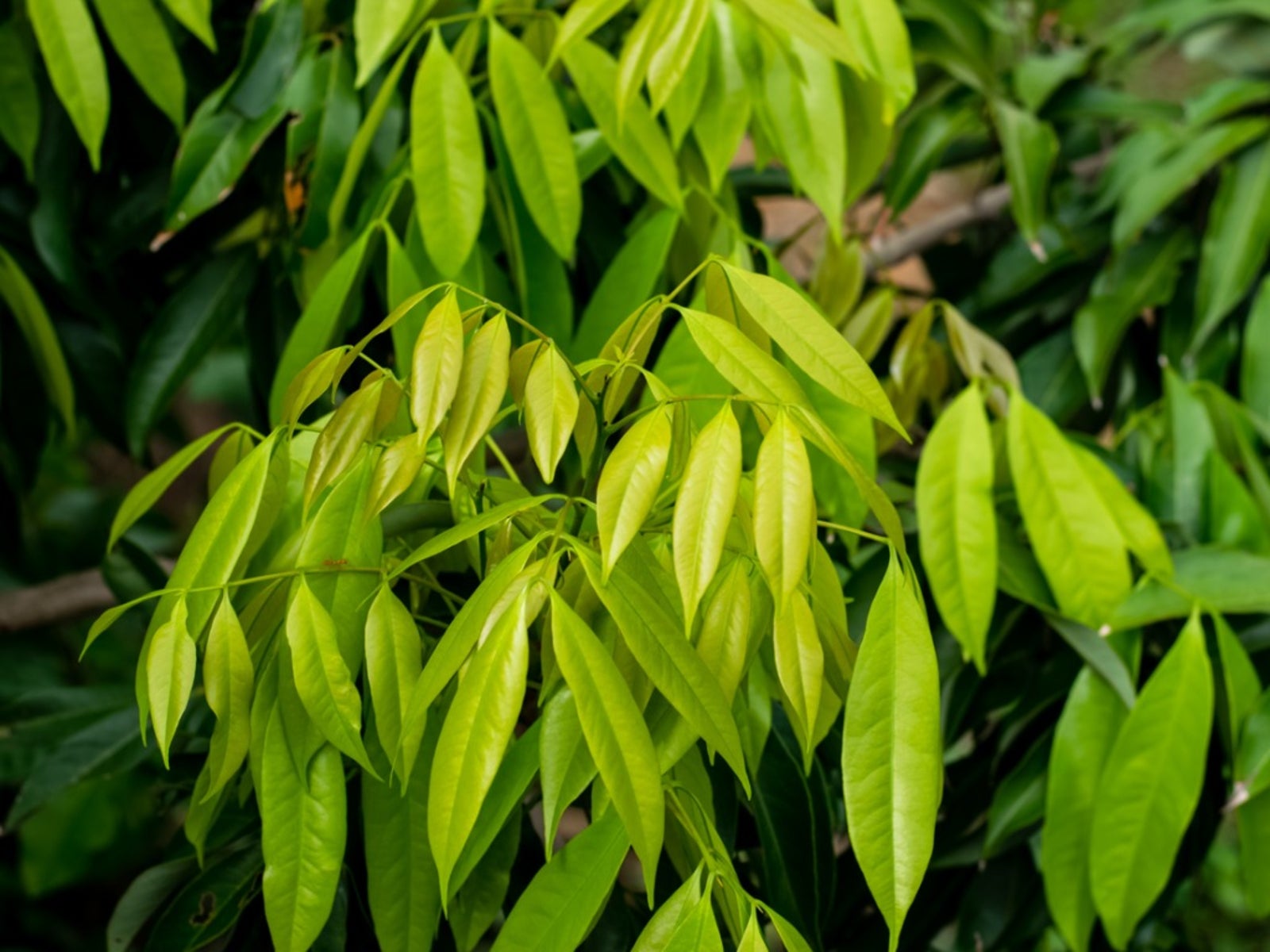 Pests Of Lychee Trees: Learn About Common Bugs That Eat Lychee
Pests Of Lychee Trees: Learn About Common Bugs That Eat LycheeLychee trees produce delicious fruit, but they are also beautiful, majestic trees in their own right. But even lovely lychee trees are not pest free. Lychee pests can cause problems for the homeowner, given its size. Click here for information on bugs that eat lychee fruit.
By Teo Spengler
-
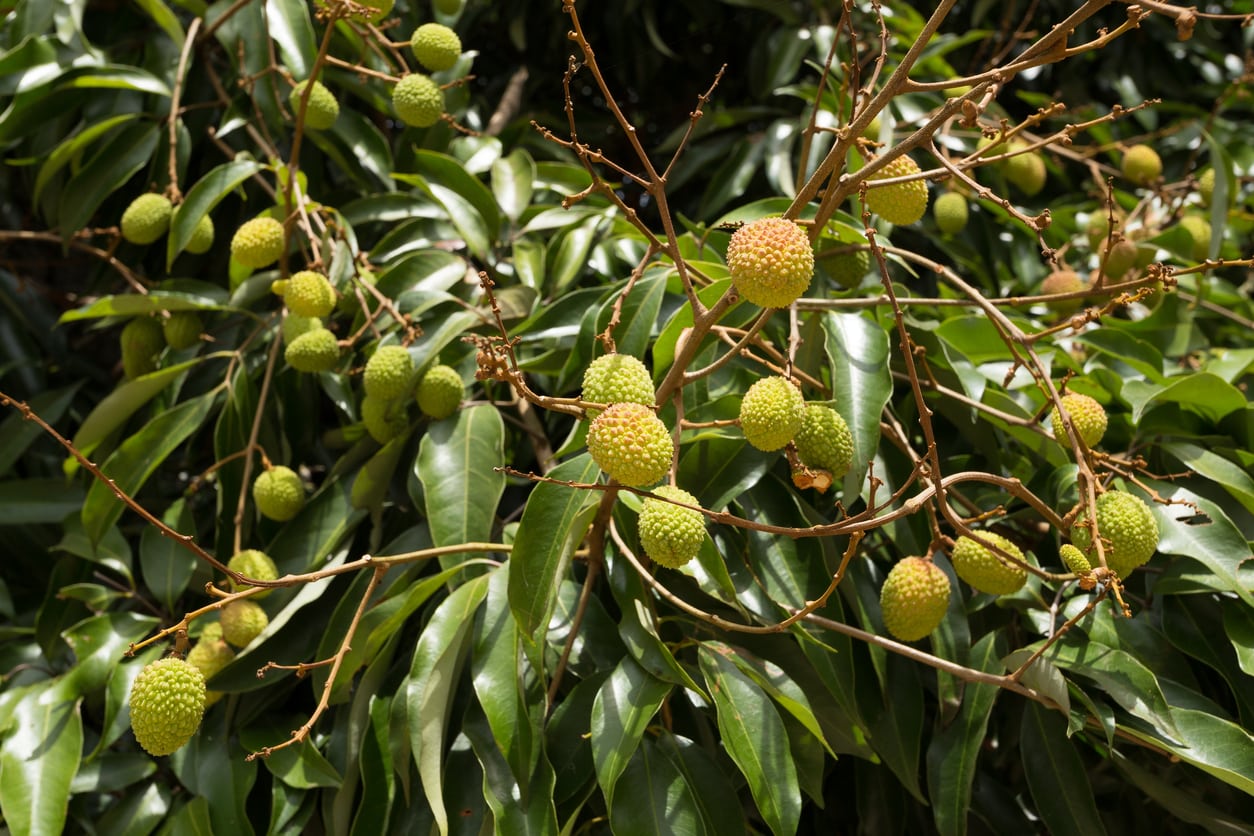 Treating A Sick Lychee Tree – Learn How To Manage Lychee Diseases
Treating A Sick Lychee Tree – Learn How To Manage Lychee DiseasesWhile it is nice to grow different plants in the landscape that not everyone else in the neighborhood is growing, you may feel completely lost and alone if problems occur on an exotic plant. Like any plant, Lychee trees can experience certain disease problems. Learn more here.
By Darcy Larum
-
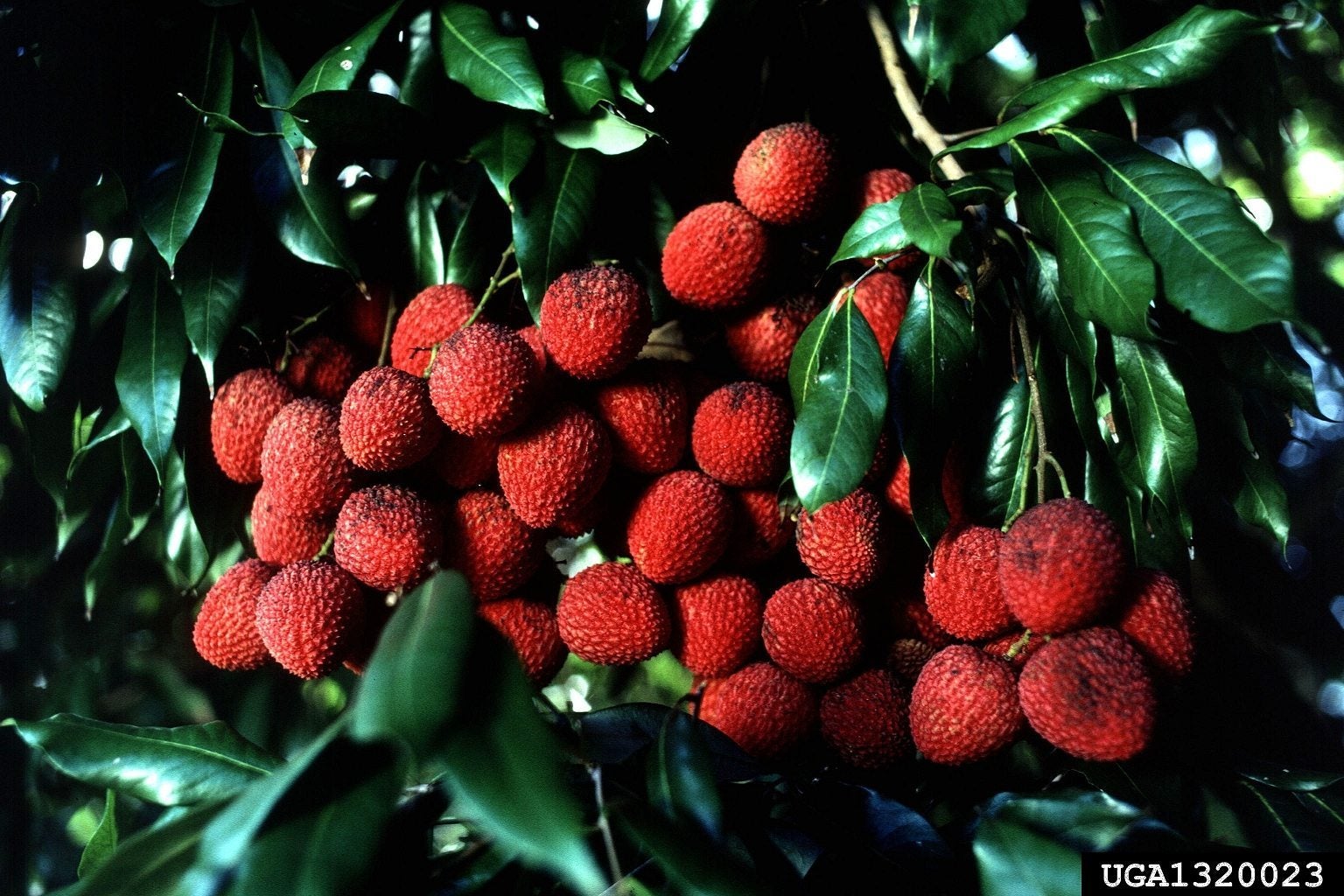 What Is Lychee Girdling: Does Lychee Girdling Work
What Is Lychee Girdling: Does Lychee Girdling WorkGirdling is a standard practice in lychee production. The process does result in higher yields if done at the right time of the year, but it isn't recommended as a consistent practice. Learn when and how to girdle a lychee for increased productivity in this article.
By Bonnie L. Grant
-
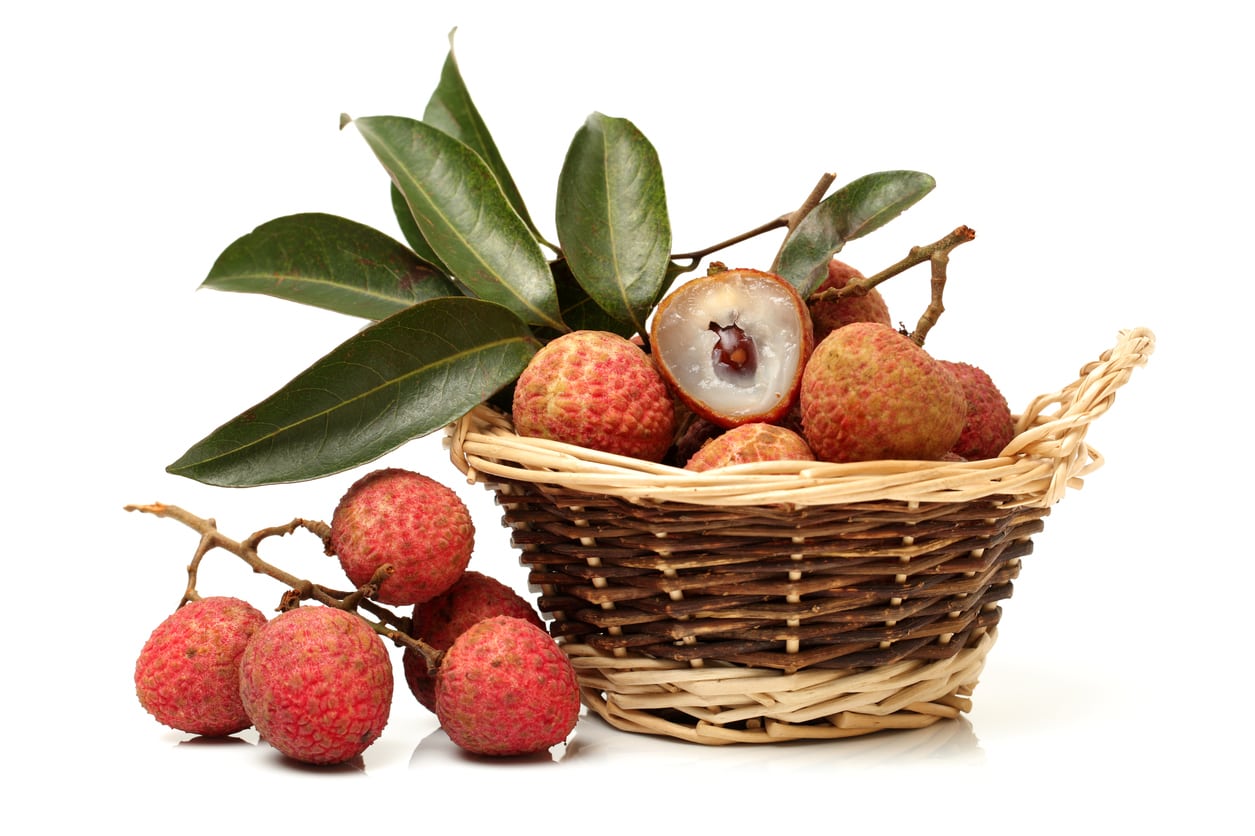 How To Harvest Lychees – Tips For Harvesting Lychee Fruit
How To Harvest Lychees – Tips For Harvesting Lychee FruitLychees are an extremely popular fruit gaining more traction around the world. If you live in a warm enough climate, you might be lucky enough to have a tree in your backyard. If you do, you're probably interested in how and when to harvest lychee fruit. This article will help.
By Liz Baessler
-
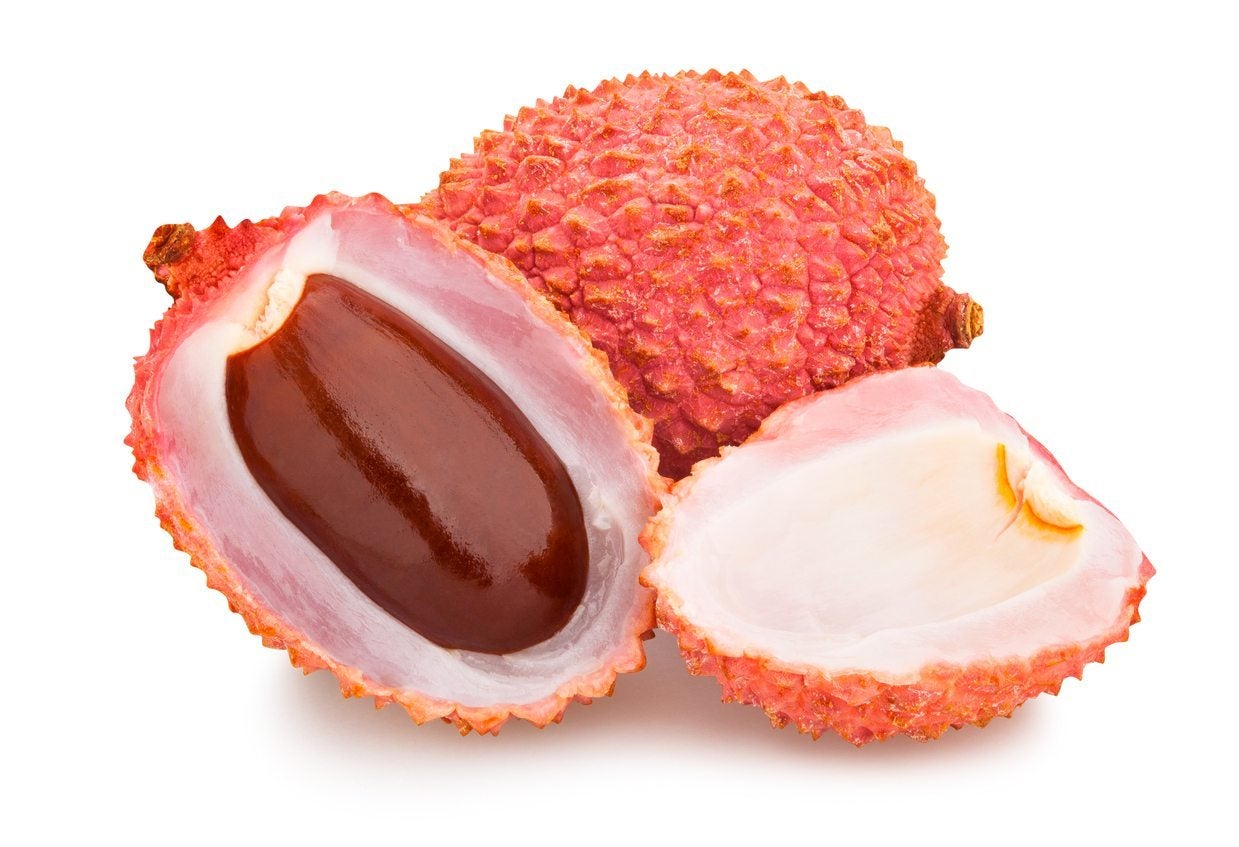 Planting Lychee Seeds: A Guide To Lychee Seed Propagation
Planting Lychee Seeds: A Guide To Lychee Seed PropagationLychees are a beloved Southeast Asian fruit that are steadily becoming more popular worldwide. If you?ve ever bought fresh lychees at the store, you?ve probably been tempted to plant those big seeds and see what happens. Click here for lychee seed growing info.
By Liz Baessler
-
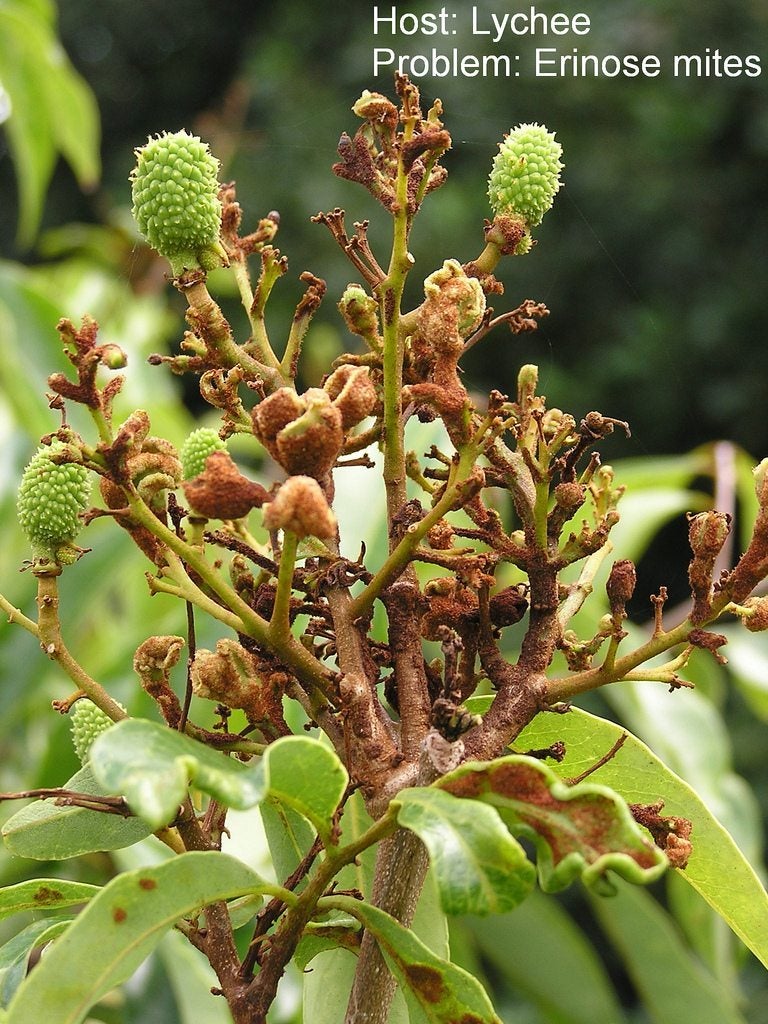 Problems With Lychee Trees: Common Lychee Pests And Diseases
Problems With Lychee Trees: Common Lychee Pests And DiseasesLychee trees are relatively easy to grow and some people in northern climates even grow this warm-weather plant indoors. However, the tree isn't immune to its share of problems. Click here to learn about potential problems with lychee trees.
By Mary H. Dyer
-
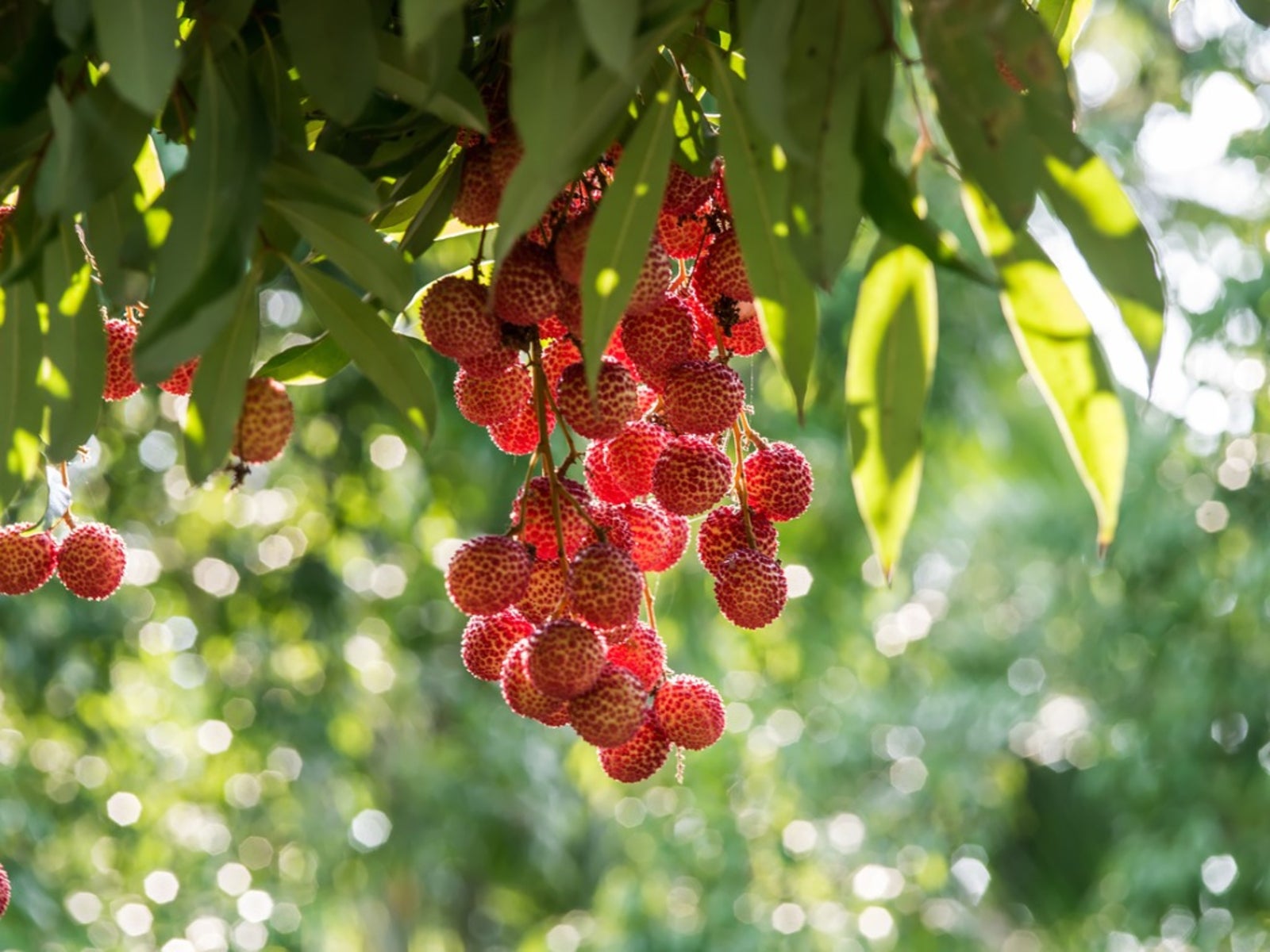 Why Is My Lychee Turning Brown – What Do Brown Lychee Leaves Mean
Why Is My Lychee Turning Brown – What Do Brown Lychee Leaves MeanLychee trees are becoming a more popular fruit tree for home gardeners that can accommodate their needs. A common problem is lychee leaves turning brown or yellow. Click here to learn more about brown leaves on a lychee.
By Darcy Larum